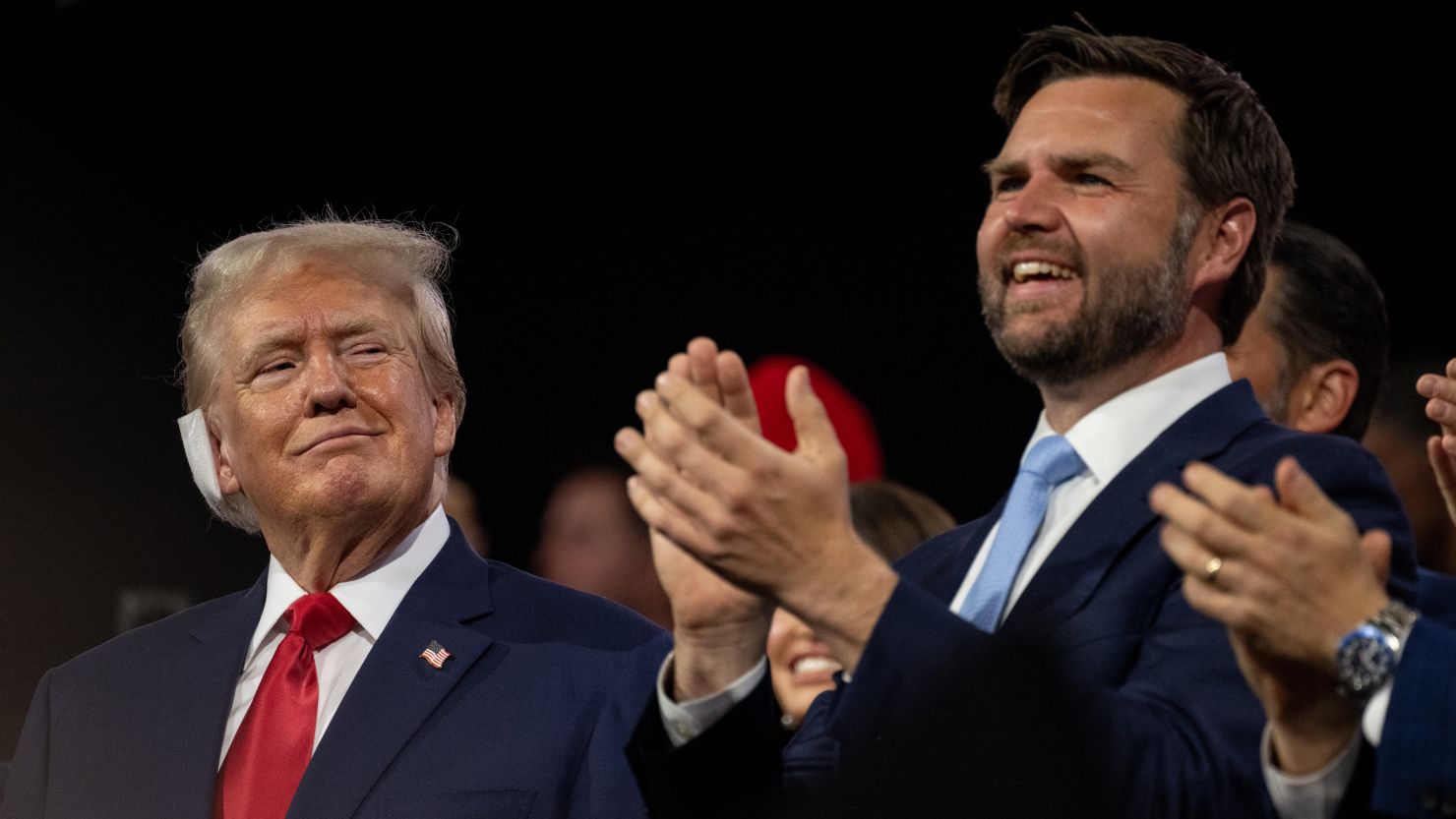Former President Donald Trump has announced Ohio Senator JD Vance as his Republican running mate for the upcoming United States presidential election, ending weeks of speculation over his choice.
On the Democratic ticket, Vice President Kamala Harris, who ran alongside Joe Biden in 2020, remains a key figure. Harris made history as the first Black woman and Asian American on a major party’s presidential ticket.
Since Vance’s selection, analysts have debated the potential reasons behind Trump’s decision to pick the former venture capitalist and author, who was once a vocal critic of the ex-president.
But does the selection of a vice-presidential candidate significantly enhance a presidential hopeful’s electoral prospects? Al Jazeera delves into decades of election data, polls, and expert analysis to find out.
One prevailing notion among political insiders is the idea that a VP pick might bolster the ticket’s chances in the candidate’s home state. However, research spanning numerous elections suggests this belief may not hold true.
“It’s rare that we see a running mate deliver their home state in a way that decisively impacts the election,” explained Kyle Kopko, adjunct professor of political science at Elizabethtown College. Kopko, who has extensively studied the electoral impact of vice-presidential candidates with political science professor Christopher Devine of the University of Dayton, highlighted the limited historical evidence supporting home-state advantages.
For instance, while Vice Presidents can mobilize votes, particularly if they hail from smaller states with significant political experience, this dynamic doesn’t necessarily apply to JD Vance.
Former Vice President Joe Biden, for instance, hailed from Delaware, a small state with a strong Democratic leaning. However, Kopko noted that Delaware’s voting pattern was already reliably Democratic, minimizing the unique impact of Biden’s candidacy on the state’s electoral outcome.
Historical examples, such as Lyndon B. Johnson’s role in helping John F. Kennedy secure Texas in 1960, are often cited as proof of a VP’s home-state advantage. Yet, Kopko’s analysis suggests that Johnson’s actual popularity in Texas was contentious and may have even hindered Kennedy’s performance in the state.
Moreover, recent elections have shown mixed results when candidates choose VPs from swing states. Bill Clinton’s selection of Al Gore from Tennessee in 1992 and 1996 saw Tennessee voting Democrat for the first time since 1964. However, when Gore himself ran for president in 2000, he lost his home state to George W. Bush.
In the context of recent elections, including the 2020 race where Harris was Biden’s VP pick, the influence of VP selections on overall voter support has been modest at best. Polling data from FiveThirtyEight showed little significant change in Biden’s popularity following Harris’s nomination, despite expectations of increased support among Black voters.
Analysts argue that while VP choices may reflect a presidential candidate’s strategic alignment or policy agenda, their impact on broad electoral outcomes remains nuanced and often minimal.
For Trump, selecting Vance, despite past criticisms, may signal a strategic alignment on policy priorities and potential ease of collaboration if elected.

